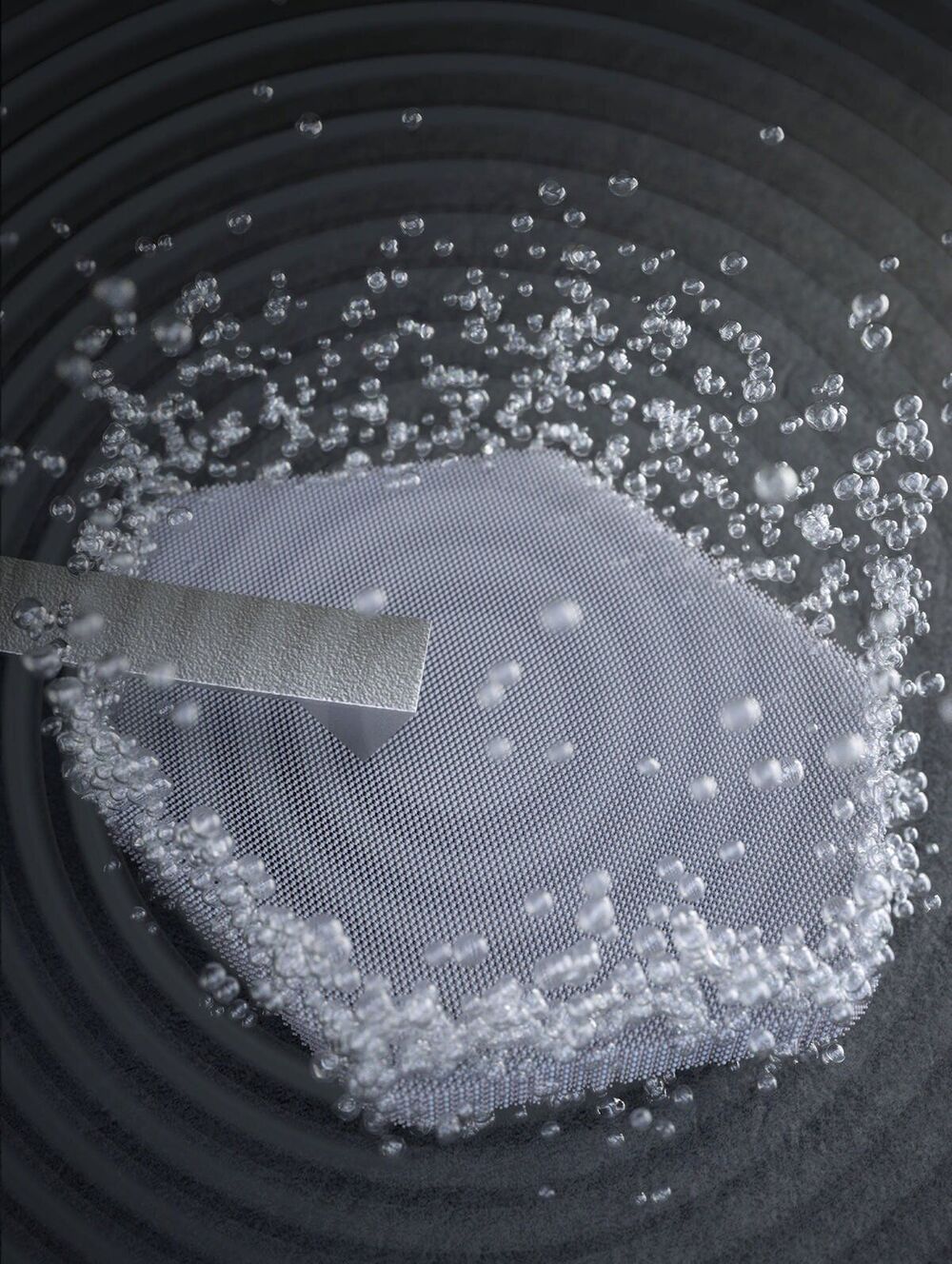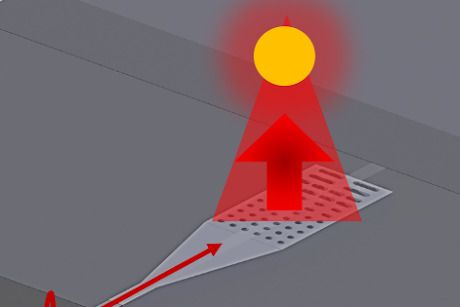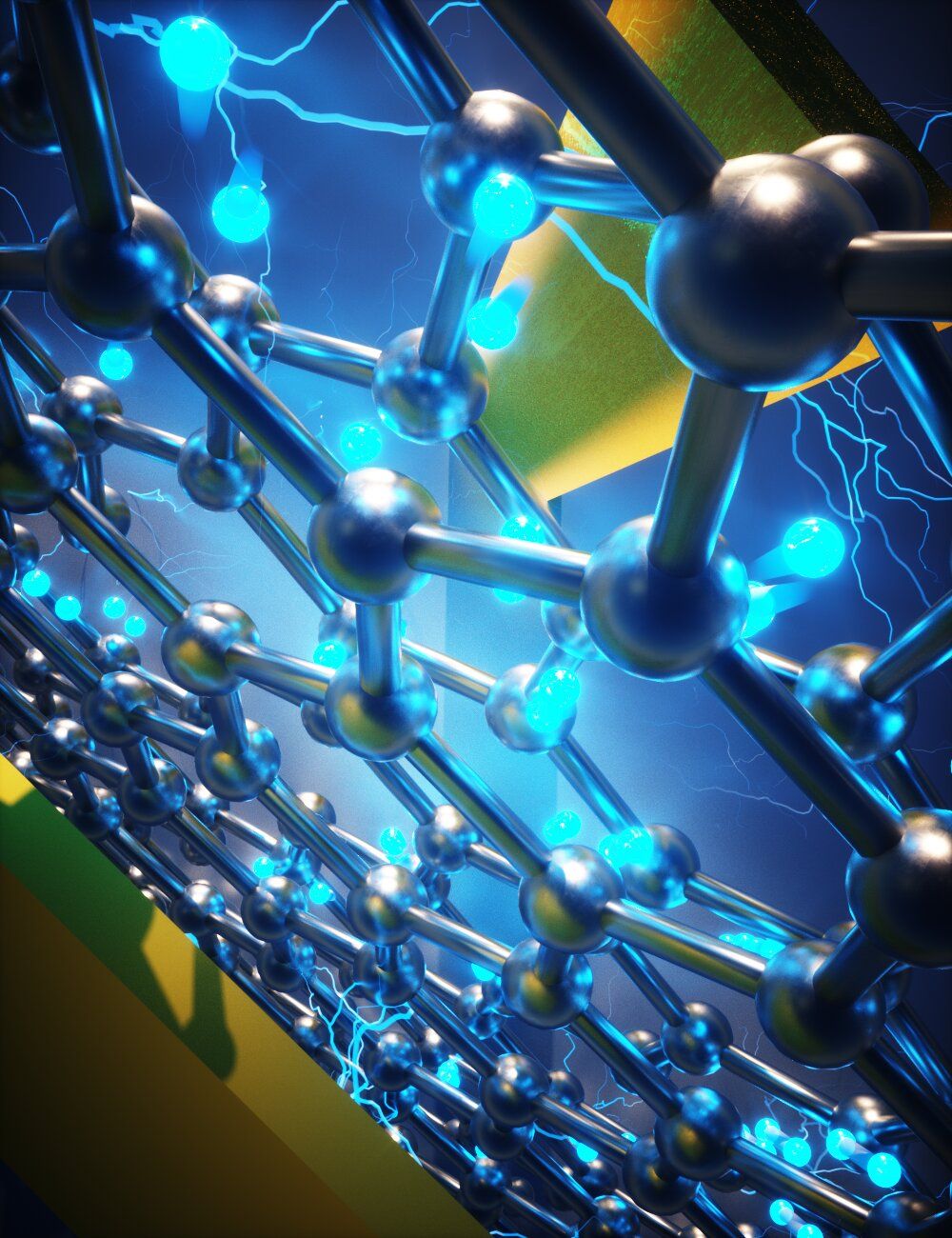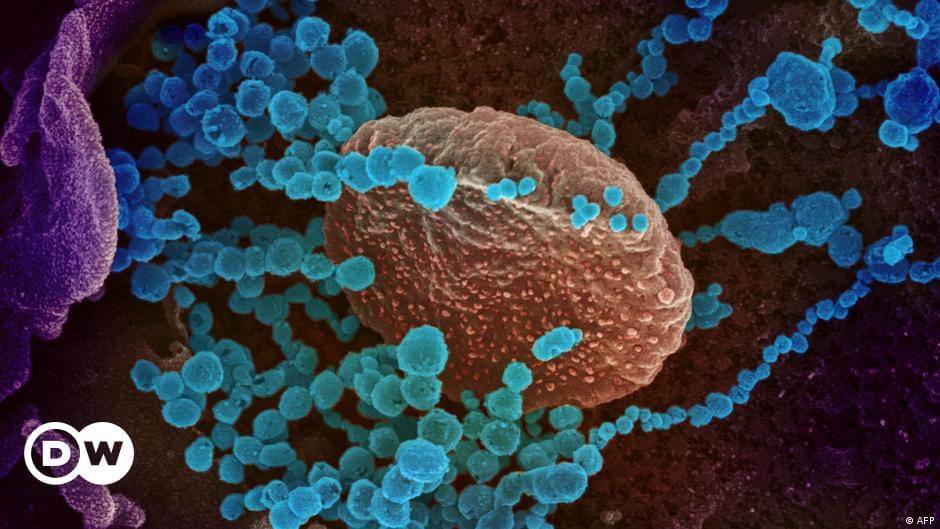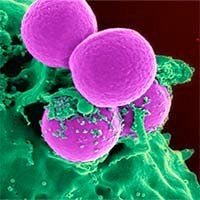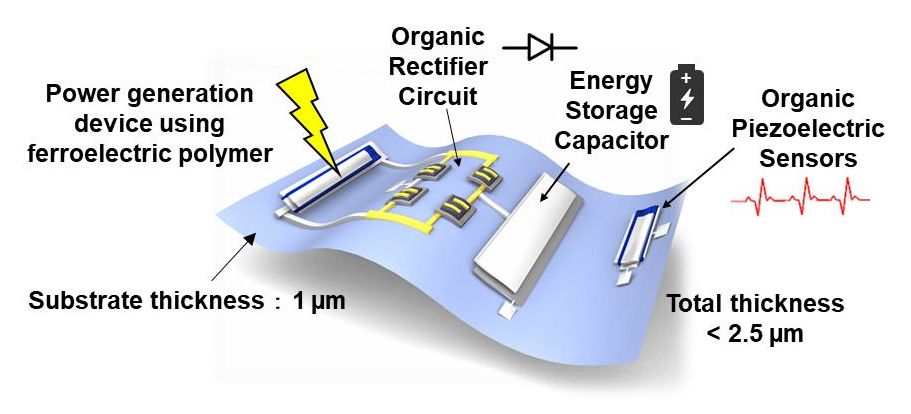May 7, 2021
First nanoscale look at a reaction that limits the efficiency of generating clean hydrogen fuel
Posted by Saúl Morales Rodriguéz in categories: economics, energy, nanotechnology
Transitioning from fossil fuels to a clean hydrogen economy will require cheaper and more efficient ways to use renewable sources of electricity to break water into hydrogen and oxygen.
But a key step in that process, known as the oxygen evolution reaction or OER, has proven to be a bottleneck. Today it’s only about 75% efficient, and the precious metal catalysts used to accelerate the reaction, like platinum and iridium, are rare and expensive.
Now an international team led by scientists at Stanford University and the Department of Energy’s SLAC National Accelerator Laboratory has developed a suite of advanced tools to break through this bottleneck and improve other energy-related processes, such as finding ways to make lithium-ion batteries charge faster. The research team described their work in Nature today.
